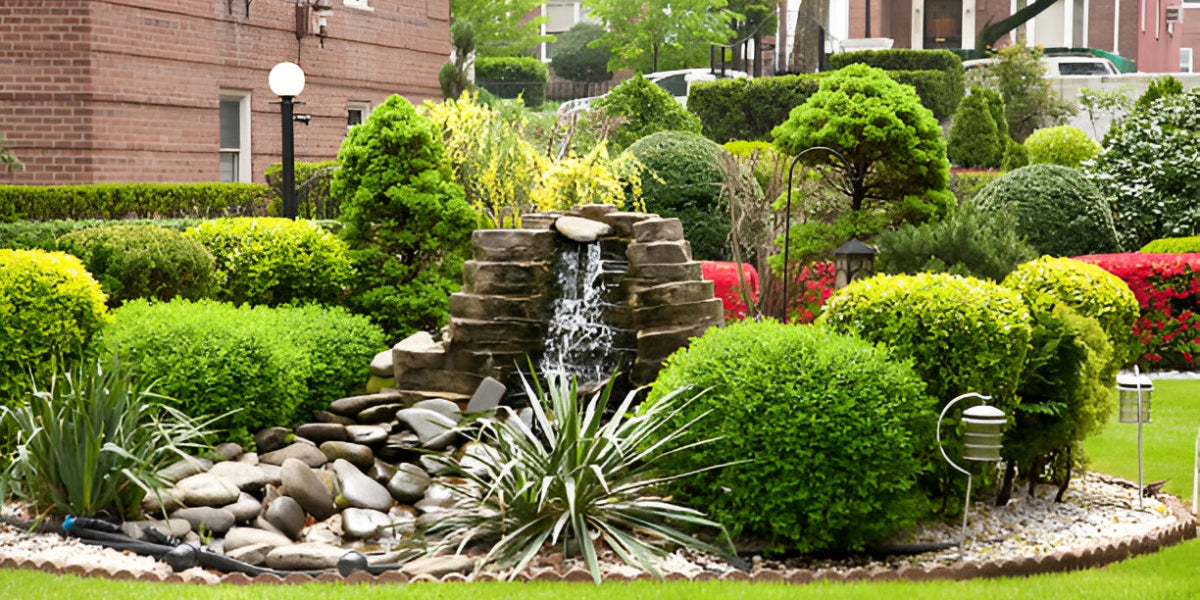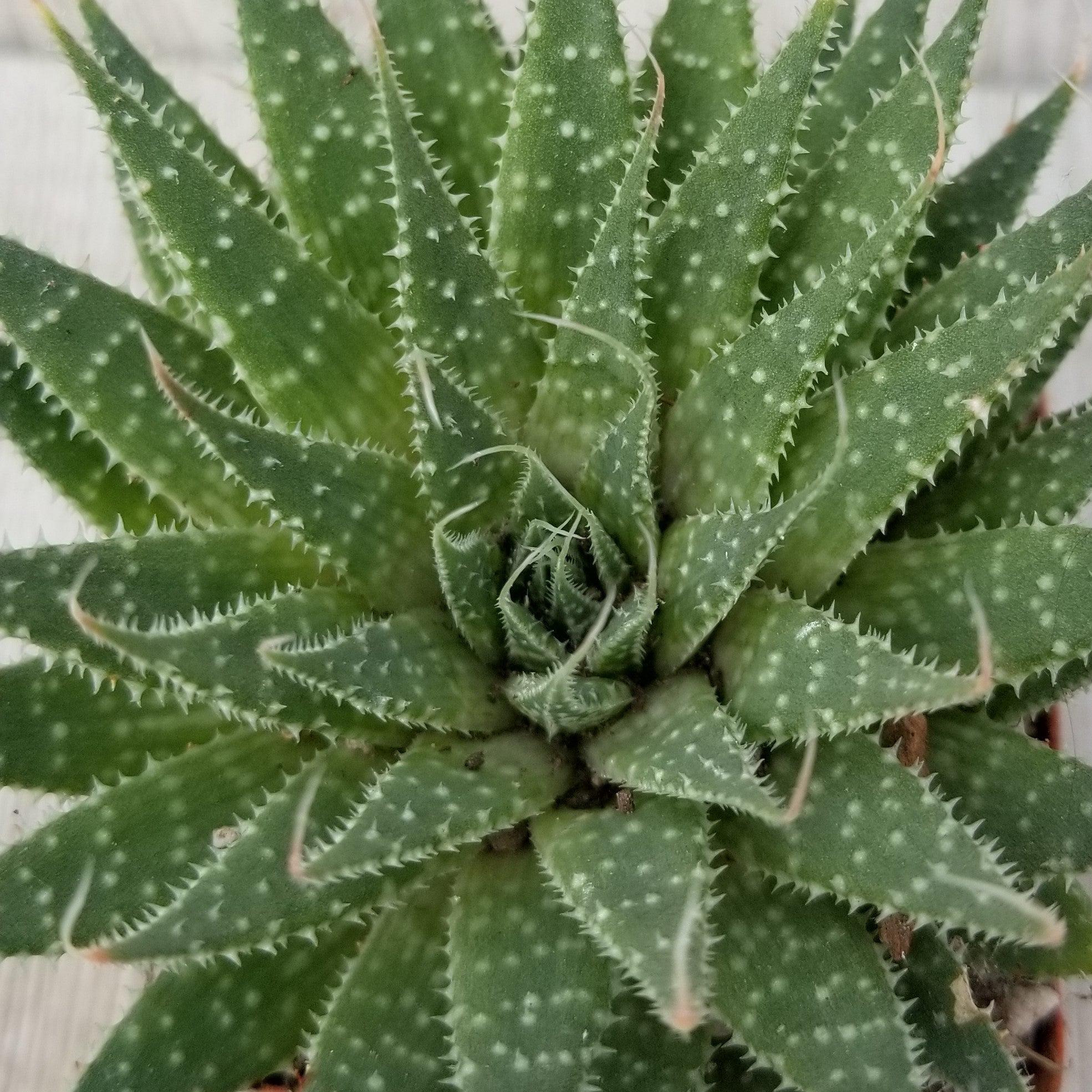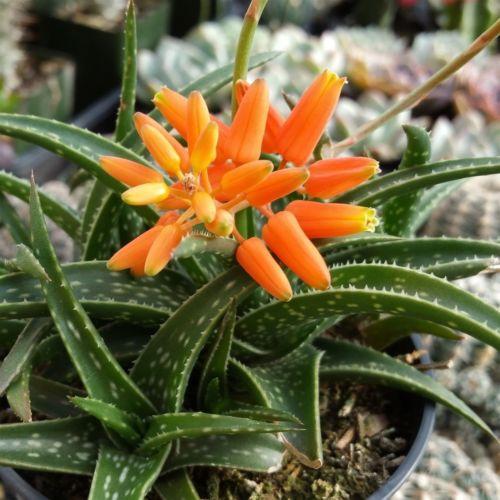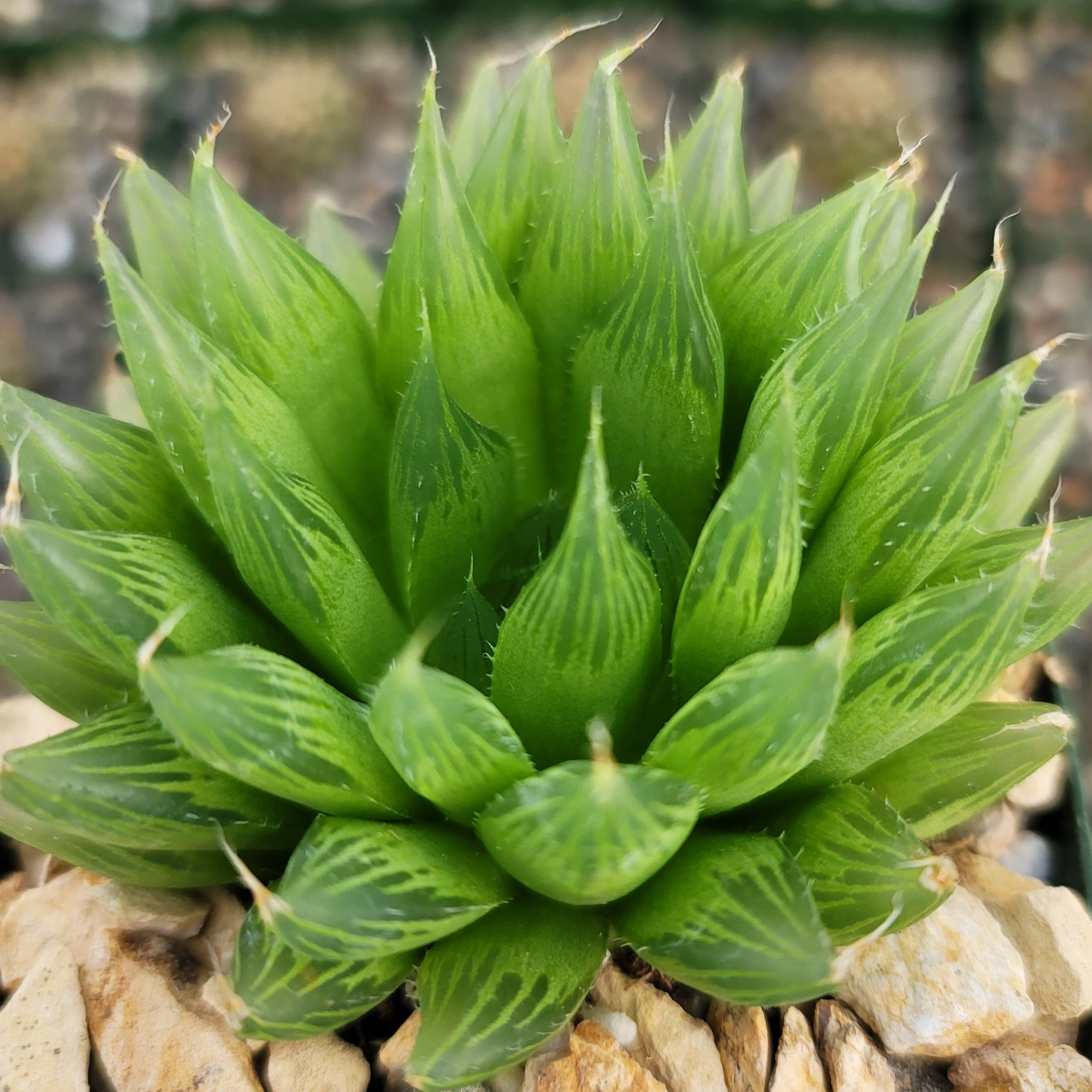Plant Suggestions For Beginner and Pro Plant Owners
Updated: January 28, 2025

Investing in a new house plant is always exciting, whether you already have a large collection or are welcoming home your first plant. Whether you are a beginner or a pro when it comes to being a plant parent, there are a number of different plants that are a great option for you. We know that plants can be difficult to care for. Every single plant needs a different care routine and it can be a challenge to keep track of what each of your plants needs. But that doesn’t mean there isn’t a plant out there that is perfect for you!
At Planet Desert, we believe that everyone should have plants. That is why we have compiled a list of plant suggestions for beginner plant parents and pro plant parents. Whether you are ready to add a new plant to your collection, you have recovered from killing your last plant and want to try again, or you are ready to invest in your first plant, we have many suggestions for you! Read on to learn which plants are great options for you and be sure to shop through our collections of succulents and cacti!
Plant Suggestions For Beginners

Whether you have a few plants or you are looking to bring home your first plant ever, there are many great succulents and cacti for beginners that are easy to care for and hard to kill!
Haworthias

Haworthia is a genus of succulents that are native to South Africa. There are several different types of Haworthia succulents, all of which can be characterized by a small two-lipped white flower. While each of these types of succulents are rosette shaped, some of them have leaves that are more grassy.
When it comes to caring for this type of plant, it is important to note that they need light-shade to shade to grow well. They like to be watered regularly during the summer and should be kept drier in the winter. The watering routine may differ based on the variation you get. Some of these plants originally came from areas where it rains in the summer while others come from areas where it rains in winter. This type of succulent will not take frost, but most will survive high heat if kept in a shady place.
If Haworthias are watered incorrectly, it will often lead to them losing their roots. While you won’t be able to tell if your plant is losing roots since they will be buried, you will be able to notice different signs. Your plant will likely not look very healthy and feel loose in the soil when touched. To save your Haworthia, remove it from its soil, gently clean the roots, and place the plant back in the pot with new soil.
This plant can be propagated in a number of different ways. For many species, simply separate the offsets and plant them in their own pots. For species that don’t grow offsets or offset slowly, you can use seeds to propagate them. Propagating with leaf cuttings is also possible for some species, generally the ones with thick leaves.
Gymnocalycium

This type of plant is native to South America and contains about 70 different species of plants. Gymnocalycium plants can mainly be found in Argentina, Paraguay, southern Bolivia, parts of Uruguay, and parts of Brazil. This type of plant offers a typical cactus look and most species are globose that are rather small, about 1.5 to 6 inches. They are popular because they flower easily and often have brightly colored flowers. The genus name “Gymnocalycium” comes from the Greek word meaning “naked calyx” and refers to the flower buds that bear no hair or spines.
These types of plants are easy to care for but are sensitive to root mealy bugs. Plants will bloom with pink, pinkish, or yellow flowers if they are receiving at least half a day of bright light. Depending on the species, some plants will need bright light while others require some shade. During the summer, they should be watered regularly, but be sure to wait until the soil has dried out before rewatering. Watering in the winter should be avoided. During the spring and autumn, watering can be tricky, water less often to be safe and keep your plant alive.
Each species of this type of plant is propagated from seeds that need a minimum temperature of 70°F to germinate. Some of these plants produce offsets, which can also be used for propagation.
Notocactus

Notocactus is a genus that contains about 25 species of South American Cacti from low elevations in Argentina, Paraguay, Uruguay, and southern Brazil. These cacti are popular for their spine formations and their beautiful blooms! The word Notocactus comes from the Greek word meaning “cactus from the south.” This genus has been merged with the genus Parodia, which was used before the name Notocactus. Because of this, all Notocactus species became Parodia.
These cacti are almost always globose and elongate as they age. Some species can reach up to three feet tall. The plants in this genus are often solitary, meaning they do not offset or produce stolons. The flowers they produce are funnel or bell shaped and generally yellow or red. The flowers come in groups of three or four, several times during the year.
Notocactus prefer a lot of sunlight and should get plenty of light and heat throughout the day, especially in the spring and summer. These plants can also tolerate colder temperatures and may survive freezing temperatures when planted outdoors. Water them frequently in the summer but do not let them sit in excessively wet soil. Fertilize in the warmer months but not during the winter months and be sure to reduce watering during the winter.
Mammillarias

Mammillarias is a genus of plants that has something for everyone! There are over 300 species in this genus, and most of them are great plants for beginners. These plants are mostly native in Mexico, and some are native to the southwestern United States, the Caribbean, Central America, and even South America. You can find Mammillarias anywhere from sea level to high elevations. These cactus plants also vary in size, some miniature species are only about one inch in diameter, while some columnar species can grow to one foot tall.
The name Mammillaria comes from the Latin word meaning “nipple.” The part of the plant that carries the spines is called the areoles, which grow on nipple-like structures. Other genus of cacti carry the spines on rib-like structures. Another significant difference that separates Mammillarias from other cacti types is that their blooms come from the area between two tubercles, while other cacti bloom from the areole.
Since there are so many different species of Mammillarias, the growing requirements vary from plant to plant. Many of these cacti are easy and fast to grow, and start blooming at a young age. While many are hardy, some can rot easily if they are kept in the cold. All plants in this genus require excellent drainage. Make sure to use a good cactus soil mixture and a shallow pot.
All species have a rest period during the winter, during which they are kept cool in order to bloom. It is important that you water them regularly and fertilize them during their growing period to ensure the bloom.
Lobivia/Echinopsis

The genera Lobivia and Trichocereus were recently added to the genus Echinopsis, along with Helianthocereus, Soehrensia, and Pseudo Lobivia. Echinopsis species are often called the “Sea Urchin cactus” or “Easter Lily cactus.” This genus now contains around 120 species of South American cacti. Echinopsis varies in size and can be as small as a thimble.
These types of cacti grow best when they are exposed to full sun in milder climates and light shade in the hottest climates in the summer. They should be watered regularly throughout the summer, but ensure their soil is mostly dry before you water them again. In the winter, they should rarely be watered.
Echinopsis are easy to propagate from cuttings or seeds. However, many plants in this genus are hybrids, which means that they do not produce seeds. These plants generally grow fast when provided with adequate water and fertilizer.
If you are new to the world of plants, try investing in one of these first! They are easier to care for than many other options.
Plant Suggestions for Pros
If you have a collection of houseplants already and looking for something new and exciting, we have a few fun suggestions for you!
Astrophytum
Also known as “star cacti”, astrophytum are a very popular genus of cacti. There are only about five or six species that are native to Mexico. These beautiful cacti are relatively easy to grow. When the plants are young, they are globular with a small number of ribs that are prominent and white scales or flexts. The flowers are yellow and blooms are followed by hairy fruit.
These cacti can be propagated from seeds but can also be grafted to allow them to grow faster. While these plants are easy to grow, they are sensitive to root rot and should be watered with caution. Most species are able to take some frost.
Cyphostemma
The genus Cyphostemma consists of caudiciform species that once belonged to the genus Cissus. These unique plants are native to Africa and Madagascar. They vary in size and can be anywhere from small shrubs to tree-like. Larger and mature Cyphostemma will be able to take some frost, but smaller species or younger plants should be kept above 40°F at all times.
These plants can be propagated from seeds that come in later summer from grape-like fruit. The fruits are poisonous, so do not try to eat them! It is said that propagating these plants from cuttings is impossible.
These are a few of the best plants to get for more advanced plant parents!
No matter what type of plant parent you are, from beginner to pro, we have a huge variety of plants to choose from! Our online nursery offers unique and beautiful succulent and cacti plants to add to your collection. We hope that this blog gave you some ideas for the next plant you should add to your collection. Shop Planet Desert today and contact us with any questions!























